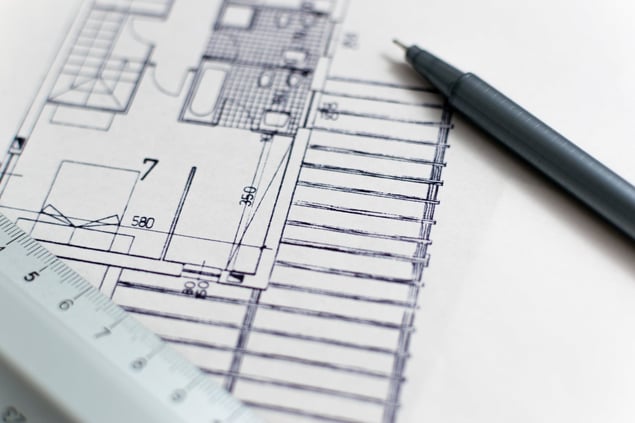So you’ve embarked on the journey of building your own home – Congratulations!
Here are a few helpful steps to building a new home that you might like to prepare for...

In terms of the steps involved, there is no right or wrong way to go about building a home. That being said, there are a few key processes to consider to ensure you make the right decisions, at the right time.

1. Goals & Priorities
First things first, it’s important to set your goals and priorities so you can best evaluate compromises along the way. Complete a need vs. want checklist at the beginning of your project, this will help you define mandatories and nice-to-haves as inclusions in your new home. Having these components clearly defined will help you manage your decisions and budget along the way (and hopefully keep those stress-levels at bay).
2. Research
It goes without saying, do your research. It helps to know you’re reading this article right now, I encourage you to read it to the very end; then continue reading, asking questions and talking to people about your build. The more information & knowledge you gain, the better educated you will become about building, which will help you plan your project correctly. Helpful topics to research include: finance requirements, council processes, building methods (traditional vs. modular), land requirements, builders, price guides and industry standards.
3. Budget & Finances
Once you’ve set your goals and equip yourself with a level of knowledge about the building industry, it’s time to consider your budget – this is the first instance where your need vs. want checklist will come in handy. It’s recommended you talk to a professional at this point to gain pre-approval if you’re borrowing funds. As well as this, do your research on the value of properties in the area you wish to build, have a look at some initial pricing on builder websites and review inclusions lists. Set a budget that realistically covers the price of land, connections, building, upgrades and interior design.
4. Purchase Land
Firstly, consider your lifestyle and infrastructure needs. Once you’ve found the area you wish to live, evaluate land with a few key factors in mind:
- Check the zoning of the land, request a zoning certificate from your local council
- Ideally, avoid land that is sloping or effected by soil degradation, this will impact stability, sight access and your cost of build.
- Check for connections (water, sewer, power). If connections are required, do your research on the costs involved & evaluate this against your budget and property value.
- It is highly recommended you have a builder inspect the land prior to committing to the purchase.

5. Design Home
With your land secured, it’s now time to finalise the design of your new home and select a builder. Once you have decided on the floor plan and façade option, you will then go through a selections process with a colours professional and interior designer. It is best to come prepared to this session, Pinterest is a great platform for inspiration, as is reviewing builder case studies and completed projects. After selections are finalised, builders will competitively quote on the project. Remember to review standard inclusions carefully, this is where you will evaluate value for money.
6. Council & Contract
At this stage your high involvement is complete, your finance has been approved, land purchased, and home designed. Now it’s time to sit back and let the professionals do what they do best. It is best to choose a builder who will mange the council process for you, as Council rules and regulations are unique to your local area, so it’s important you get the details right. Once DA is approved, formal building contracts will be issued for approval. It is suggested you read the details carefully.
7. Construction & Move In
From this point on the process is unique to the builder you have selected. You will be well informed of the process ahead, with contractual completion dates listed in your contract. Once the construction phase is complete, you will go through an official hand-over process. At this stage, you will have the opportunity to note any defects or issues prior to moving in. With any luck you selected a professional builder with a high-level of craftsmanship, so this stage should be straight forward.
For more information about Manor Homes and their process, download the info pack below.



